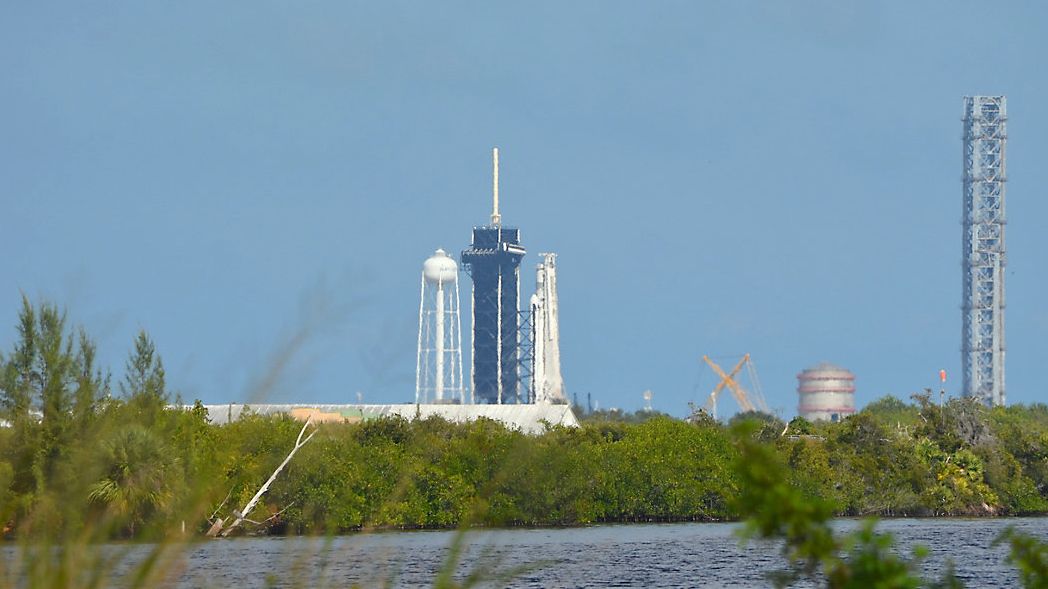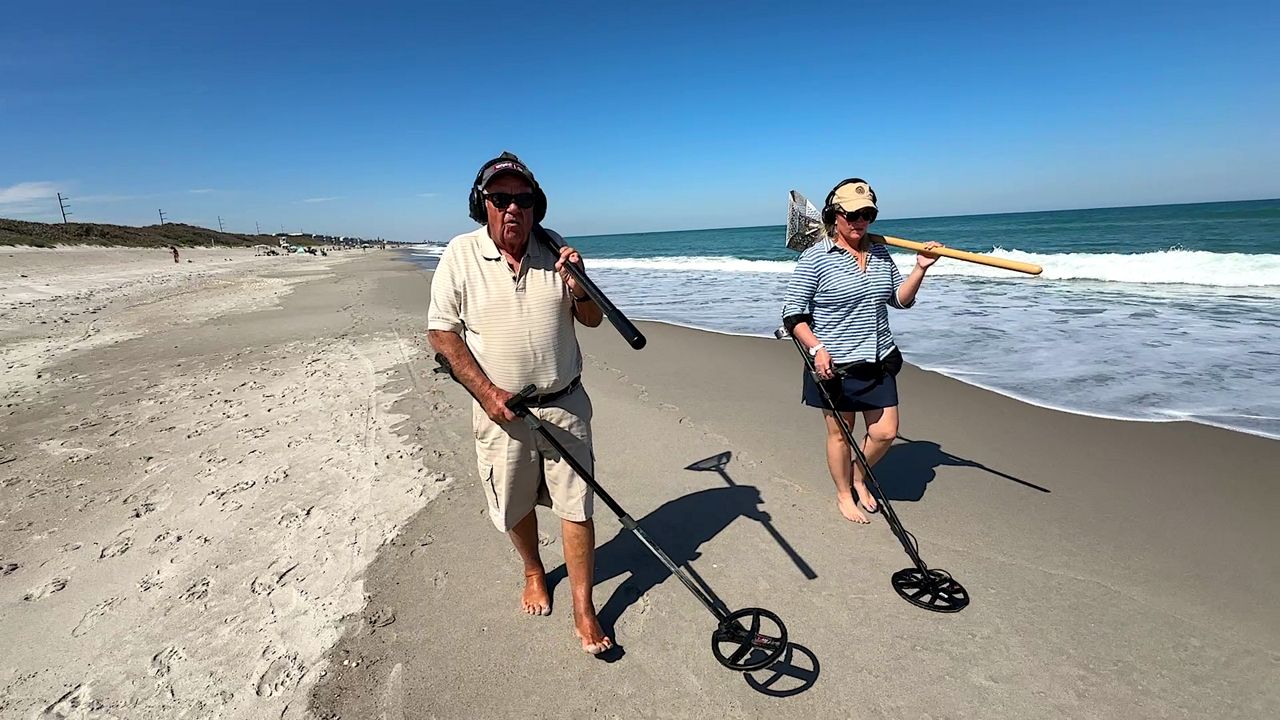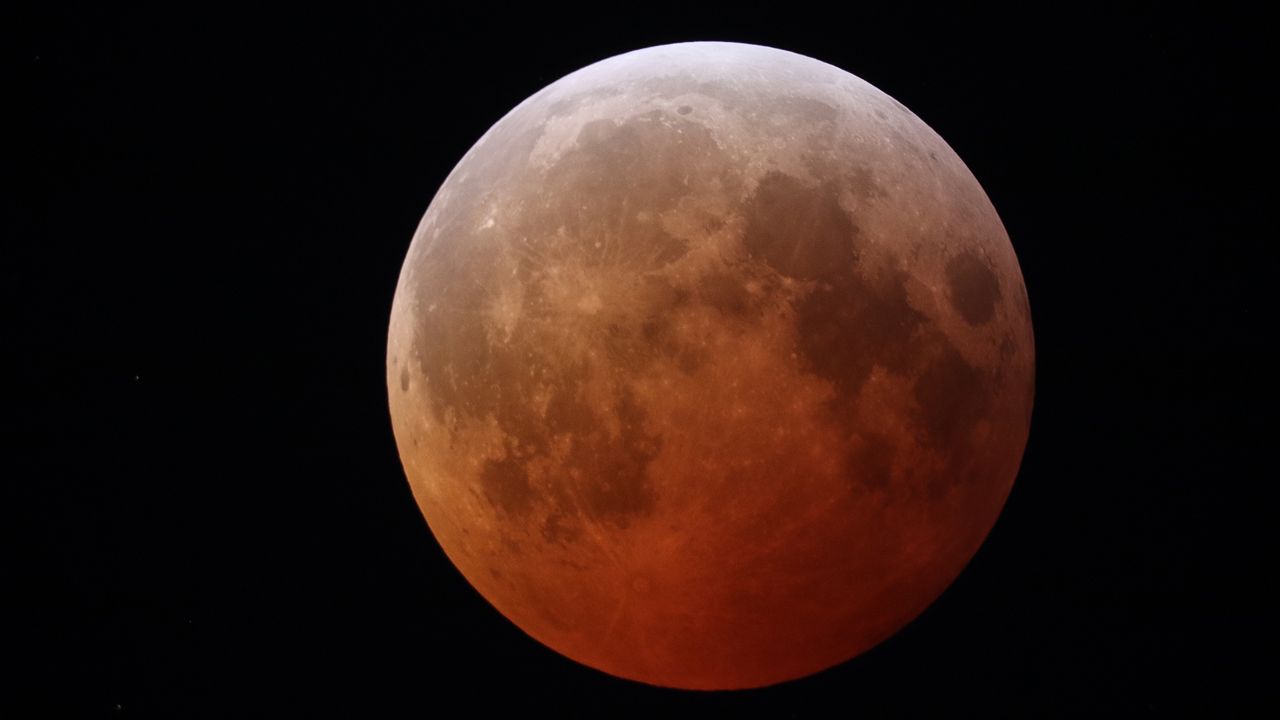November will start with bang, or twin sonic booms, as SpaceX completes preparations to return the most powerful rocket currently flying to the skies.
The Hawthorne, Calif.-based space company is readying Launch Complex 39A to support its Falcon Heavy rocket, which last flew in June 2019 for the U.S. Air Force’s Space Test Program (STP)-2 launch. That mission launched 24 experimental satellites for the Department of Defense.
What You Need To Know
- Until either SpaceX’s Starship or NASA’s Space Launch System launch, Falcon Heavy is the most powerful rocket in the world currently flying
- Only three Falcon Heavy missions have flown to date
- The Nov. 1 mission, dubbed USSF-44, will launch from LC-39A at Kennedy Space Center
The highly anticipated Nov. 1 launch is the newest launch date, with the launch time at 9:41 a.m. EDT. Earlier this year, it was targeting Oct. 28, then Oct. 31, but a delay in a pre-launch engine test, known as a static fire, shuffled the launch to its current anticipated launch date.
— SpaceX (@SpaceX) October 28, 2022
This will be only the fourth launch for the Falcon Heavy rocket since its 2018 debut. Tuesday’s mission, dubbed USSF-44, will be the first national security mission for the rocket.
USSF-44 is a multi-satellite launch and is exciting not only those living on Florida’s Space Coast, but at the U.S. Space Force’s Space Systems Command.
“We’re getting close to launch day, and we’re totally pumped! This will be our first NSSL Falcon Heavy, and the first Falcon Heavy since STP-2 over three years ago,” said Col. Douglas Pentecost, SSC’s Deputy Program Executive Officer for Assured Access to Space, in a statement. “Our launch and mission assurance team and SpaceX, along with the fantastic crew at Space Launch Delta 45, have done an absolutely superb job preparing this rocket. We put important national capabilities into space to address the threat, and working together we ensure 100% mission success.”
How did we get here?
SpaceX originally received this mission as a part of the Air Force’s Evolved Expendable Launch Vehicle (EELV) program. The USAF’s Space and Missile Systems Center (SMC) partnered with the National Reconnaissance Office (NRO) to award two contracts on Feb. 19, 2019, worth a total of $739 million.
Three missions, AFSPC-44, NROL-85 and NROL-87, went to SpaceX as part of its $297 million firm fixed-price contract. The other three, SBIRS GEO-5, SBIRS GEO-6 and SILENTBARKER, went to United Launch Alliance (ULA), which received a $441.76 million contract.
- NROL-85 – Eastern Range, FY2021
- NROL-87 – Western Range, FY2021
- SILENTBARKER – Eastern Range, FY2022
- SBIRS GEO-5 – Eastern Range, FY2021
- SBIRS GEO-6 – Eastern Range, FY2022
- AFSPC-44 – Eastern Range, FY2021
Both the NRO missions ended up launching in 2022 aboard SpaceX Falcon 9 rockets, with NROL-87 taking off on Feb. 2 and NROL-85 launching on April 17. The latter also was shifted from a Florida launch to one from Vandenberg Space Force Base in California.
That shift paved the way for NROL-85 to become the first NROL mission using a flight-proven Falcon 9 first stage booster. B-1071-2 was first used for the NROL-87 mission.
After the U.S. Space Force was established in December 2019, the AFSPC-44 (Air Force Space Command-44) was renamed to USSF-44 (United States Space Force-44).
This will be the fourth launch for the Falcon Heavy rocket. The first was the famous demonstration mission on Feb. 6, 2018, during which SpaceX launched a red Tesla Roadster owned by founder, Elon Musk.
That demo not only captured the attention of space and Tesla fans, but also the U.S. Air Force. Then USAF Space Command Gen. John W. Raymond said during a March 2018 briefing to the House Armed Services’ Subcommittee on Strategic Forces that the Air Force had “started the certification process for Falcon Heavy.”
“We are on a path to certify a family of SpaceX launch vehicles for all National Security Space mission profiles to all orbital regimes,” Raymond said in his remarks. “Going forward, I see a partnership with the burgeoning commercial space launch industry to be a great source of strength and I look forward to tapping into that strength and close partnerships.”
The USSF-44 mission
Much of the details surrounding the USSF-44 have not been released publicly, given the national security nature of the mission.
Space Systems Command said in a statement on Thursday that the Falcon Heavy will launch the Long Duration Propulsive EELV Payload Adapter (LDPE ESPA)-2 as well as the Shepard Demonstration. The agency said that these “will carry a variety of payloads that will promote and accelerate the advancement of space technology for the benefit of future Programs of Record.”
“EELV” stands for Evolved Expendable Launch Vehicle. The LDPE ESPA was developed by Northrop Grumman-acquired Orbital ATK as part of a nearly $34 million U.S. Air Force Space and Missiles Center contract, which was awarded in 2017.
The LDPE ESPA is a ring payload adapter, which can host several secondary payloads and sit below the primary payload. The first time this was used by Space Systems Command was for the Space Test Program-3 (STP-3) mission, which launched from Cape Canaveral Space Force Base on Dec. 7, 2021.
Northrop Grumman describes this system as a “freight train to space.” It features six hosted payload mounting ports on it ring.
Missions to #space can be expensive and take years to get off the ground, but our ESPAStar vehicle is changing the playing field. 🌌
— Northrop Grumman (@northropgrumman) October 28, 2022
Our ESPAStar will host multiple payloads for the USSF-44 mission launching soon. Learn more: https://t.co/Vr7JlptlvW 🚀 #DefiningPossible pic.twitter.com/DZpWToP23g
The only spacecraft known to be on board is the U.S. Space Force’s TETRA-1 satellite. It was designed by California-based Millennium Space Systems, a subsidiary of Boeing. It won the contract to design and manufacture the satellite.
In a 2020 press release, Millennium said that this was the first prototype awarded as a part of the U.S. Space Force’s Space and Missile Systems Center’s Space Enterprise Consortium (SpEC) Other Transaction Authority (OTA) charter.
During his March 2018 House briefing, Raymond referenced the “Tetra Bus” as a $5 million spacecraft.
“This will be a series of spacecraft used to demonstrate and evaluate tactics, techniques and procedures,” Raymond stated.
During a March 2019 hearing before the Subcommittee on Strategic Forces, Lt. Gen. David Thompson said the Tetra satellite “acts as an on-orbit experiment to demonstrate threats to U.S. space assets.
“The Air Force leveraged an existing commercial capability and will be able to field the small satellite in a year from contract award to delivery,” Thompson said.
2023 could be Falcon Heavy’s year
Amid the planned 2023 debuts of new heavy lift rockets, like ULA’s Vulcan Centaur and Blue Origin’s New Glenn, the SpaceX Falcon Heavy is likely to get a handful of flights, including potentially one more toward the tail end of 2022.
A Space Systems Command spokesperson told Spectrum News on Thursday that USSF-67 is currently still tracking a launch in Q1 2023, which runs from Oct. 1 through Dec. 31.
Global communications company Viasat said on Oct. 11 that its ViaSat-3 Americas satellite completed its mechanical environmental testing and is aiming “for launch later this year.”
However, its recently published Q1 FY2023 Shareholder Letter stated that Viasat will “continue to target launch of ViaSa-3 (Americas) in Q3 FY2023 with commencement of commercial service in early Q4 FY2023.”
That shareholder brief also stated that the second ViaSat-3 satellite would be targeting a mid-calendar 2023 launch.
#ICYMI
— Viasat Inc. (@ViasatInc) October 13, 2022
The first of three ViaSat-3 satellites at the @Boeing factory in El Segundo, Calif., completed vibration tests, one of the milestones that qualify a spacecraft for the rigors of launch and harshness of space.
Learn more about this milestone at:https://t.co/qVnTwDwBJX pic.twitter.com/zZgjUvTy2J
Satellite communications company EchoStar is also planning to launch its Jupiter-3/EchoStar XXIV satellite aboard a Falcon Heavy. The company’s Q3 earnings call is set for Nov. 3 at 11 am. EDT, but according to a readout of the Q2 call, they anticipate launching the satellite in the first half of 2023.
The $130 million USSF-52 mission is also a possibility for the 2023 calendar. Originally dubbed AFSPC-52, it was originally slated to launch in FY2020, but has faced years of delays.
Finally, on Friday, NASA announced that it will move forward with its Psyche mission. After it missed its launch window earlier this year, an independent review recommended setting a new target date for the mission out to a mineral-rich asteroid. That is set for no earlier than Oct. 10, 2023.
Our #MissionToPsyche is moving forward. 🚀
— NASA (@NASA) October 28, 2022
Following an internal review of mission development issues that caused the team to miss the planned 2022 liftoff to a distant metal-rich asteroid, Psyche is now targeting a launch window that opens Oct. 10, 2023: https://t.co/8WhMci5vrC pic.twitter.com/pqjcFEP6aE








